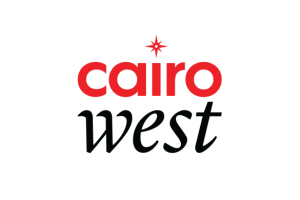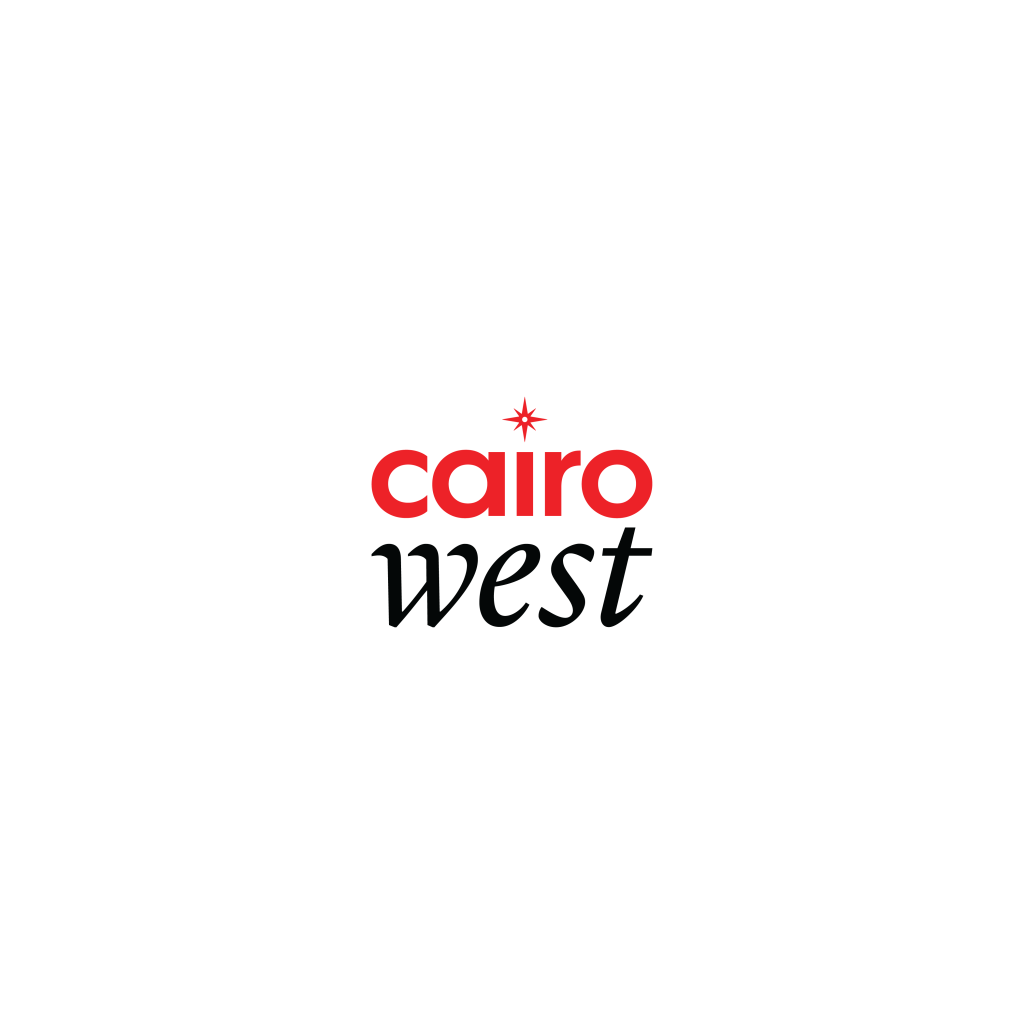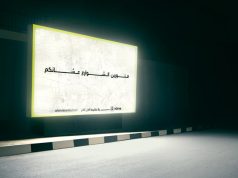Dom Tak Introduces a World of Rhythm
By Nadia El Dasher
Doum tek-ka tek tek, doum tek tek, for those who are new to the darbuka (more commonly known as the tabla), this is a basic rhythm. The darbuka is one of many instruments Sabrine El Hossamy and other musicians teach at her Zamalek music space, Dom Tak.
Now read the above rhythm again, but faster.
With one simple instruction, and without realizing it, you may have learned something new about the basics of music. “If you can start to make children understand the mechanics of music as a whole,” says El Hossamy, “When they get to the age of 8 or 9 they can play any instrument with a much broader view and understanding of what’s going on.”
El Hossamy’s opinion is that learning about music is far more than learning to play one instrument. They might not be ready to play the piano, for instance, “but they’re always ready to absorb what music is.”
Cairo West Magazine chats to the marketer turned musician about transforming through her experiences with the darbuka and the future of Dom Tak.
What was your first experience like with the darbuka?
I don’t know why but I’ve always been attracted to Sinai and have been going since I could travel alone. It’s always served as a musical platform even at an amateur level; friends who were amateur musicians would go to Sinai to practice in the day and then jam at night – that’s how I saw the darbuka for the first time, in the hands of a Bedouin. After trying it for the first time in Sinai I decided I had to buy one for myself.
Did you always envision yourself working in the music world?
When I first came across the darbuka I was doing a Master’s degree in International Business and was on a corporate career path up until 2009. At the time, I had no idea this is what I would be doing with my life.
How was that transition at first?
Looking back at it, I can definitely say that I don’t regret it. As soon as I made the transition a lot of events happened in my life – I got married, had a child and my father passed away – and all of them made it easy to let go of that corporate life. I used to do a very mental job and taking the decision to follow music was by no means a calculated one, it came from the heart. I was leading a mental life and took an emotional decision – it was a transition from the mind to the heart.
What brought about the transition from a musician to a teacher to founding Dom Tak?
When I was still learning the darbuka, I was pushed by a lot of friends who wanted me to teach them to play. I was hesitant at first but one day a friend said, “What is this nonsense? If you know something, you share it.” That’s how my home studio started; with a handful of friends who told other friends and so on. I started liking teaching and felt that my space at home wasn’t enough so as soon as I found the space, I opened Dom Tak.
What does your “Kido” program involve?
My main focus is teaching children. We have a year-long, global music program that students can take semester-by-semester over four semesters and the response has been great. It gives a general introduction to music and to all instruments, teaches kids how to count and read rhythmic notes. For a four year-old to sit still on a chair for an hour trying to learn the piano is hard, but when they’re enrolled in the program they play interactive games together as a group so it becomes fun instead of boring – music is always involved but it becomes much more approachable. Parents come back saying their children don’t want to take any [extracurricular] classes other than mine. I’m trying to put together a method that paves the way for kids to have a base to learn music while loving it – not because their parents want them to but because they want to learn music.
What is the teaching approach at Dom Tak?
Our philosophy is that we want to teach music through the reality and through musicians, far from any academic method. I work hard to make that happen because musicians don’t have a lot of time and find it hard to commit to a schedule.
Where did you get the inspiration to teach in this method?
It’s a very contemporary approach to learning but I’m trying to use my knowledge and the fact that I have a child who’s at the same age as my students, to make music soothing and get the kids attached. It’s a cultural, social and musical education, not something robotic or monotonous.
How did you come about playing what you refer to as ‘new age’ darbuka?
I believe that there’s ‘new age’ in everything. I didn’t leave an entire career to play the darbuka like any Egyptian average player, so I knew there was something additional I had to do. At Dom Tak I teach my special finger technique that’s a little advanced; it uses more fingers rather than the whole hand to produce a different sound.
Who are your biggest musical influences?
I fell in love with music in the 1990s listening to musicians like Santana, Sting and the guitarist Paco de Lucia. I don’t have one particular person who affected my style because I never really thought I would become a musician.
What makes learning the darbuka different from any other instrument?
Percussion in general is very accessible, everybody can learn it. My students learn to play from the first day and every time they leave they will have learned a new rhythm.
We learn rhythm when we’re children – we walk and talk with rhythm and even hear the beating of our hearts and our mothers’ hearts when we’re in the womb – somehow we all have it in the back of our subconscious.
El Hossamy’s passion for teaching music is palpable – her belief is that music is for everyone, “People think they don’t have a musical ear but everybody has a musical ear, just a wrong belief,” she says. Through this belief she plans to bring Dom Tak to children all around the country, spreading her own musical experience and sowing the seeds for a new generation of music lovers.







